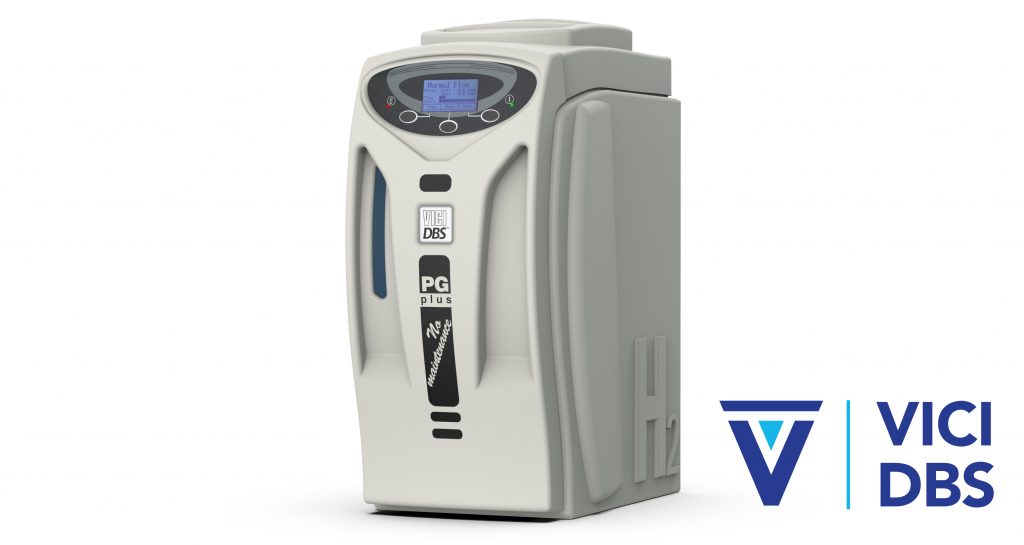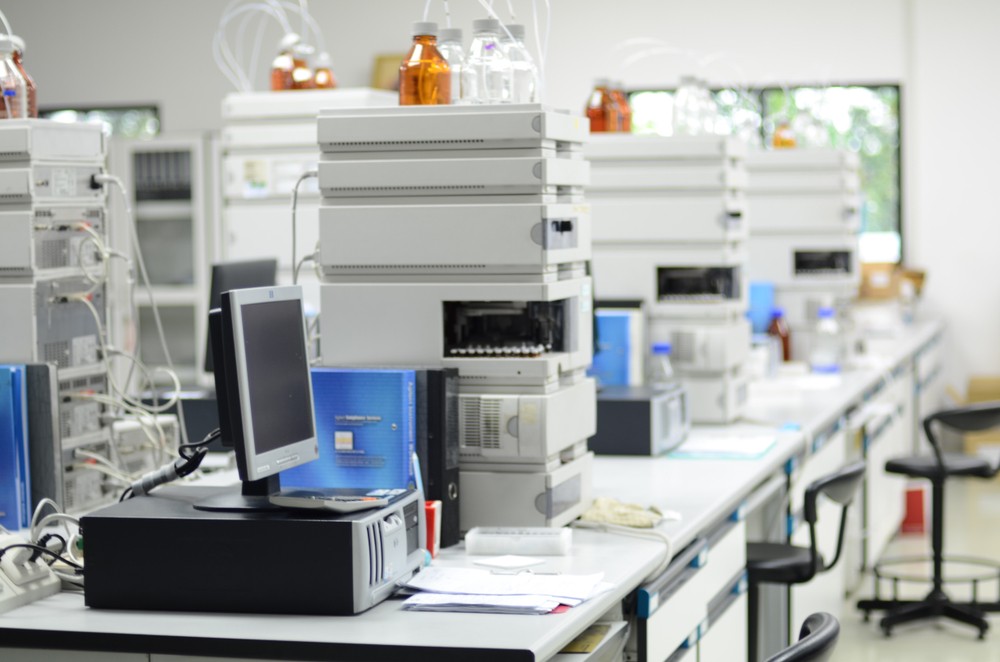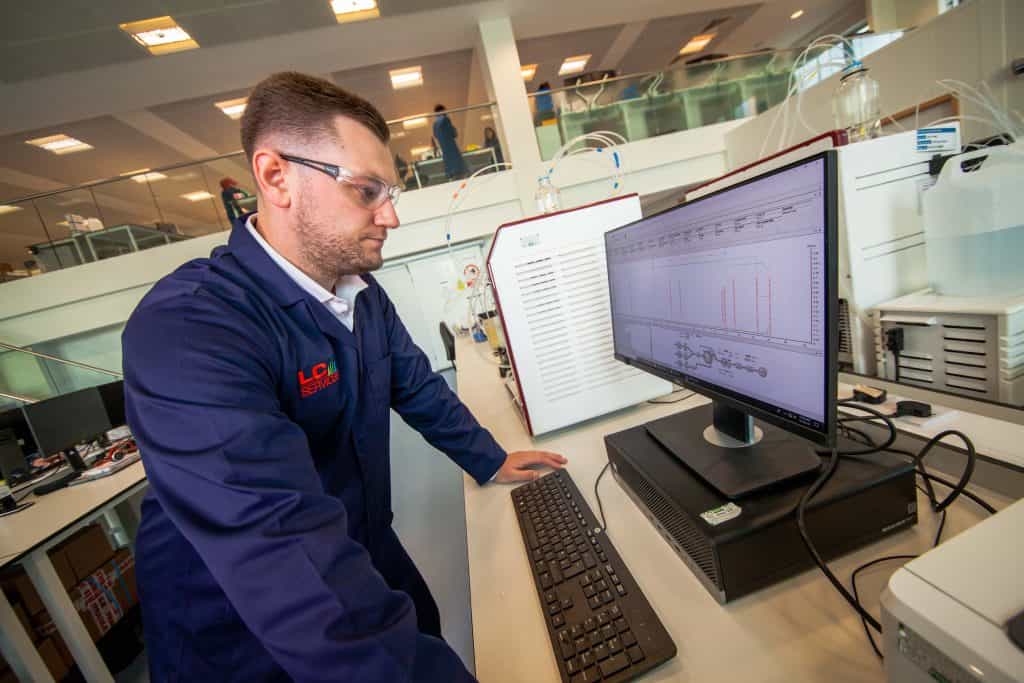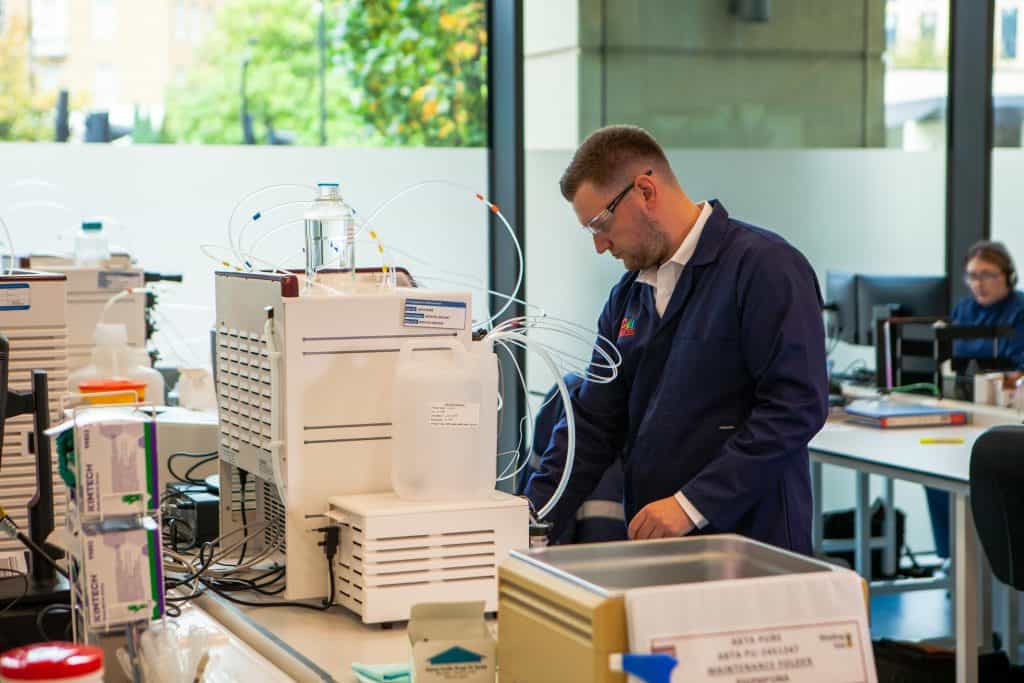
Running a lab isn’t an easy job with continuous pressure on staff and researchers to ensure laboratory operations are as efficient as possible. Although it’s a big job, running efficiently helps labs to meet deadlines, prevent wasted time and streamline costs without impacting the well-being of employees or the accuracy of the research.
To achieve all this, it’s important to take a close look at lab processes to identify areas that can be improved for more productive experiments. For some, it may be a simple change to operations that makes a big difference, but for others, a lab-wide overhaul may be needed.
Here are our top tips for improving laboratory efficiency:
First and foremost, no lab can operate efficiently if the equipment isn’t right. While it can be tempting to purchase cheaper equipment that may not be quite right for the job to save on initial costs, this will only end up costing you more in the long run.
If equipment isn’t fit for purpose, your lab personnel may not be able to carry out their research to the highest standard, resulting in more failed experiments and potentially impacting the reputation of your lab.
As well as having the right basic equipment for your experiments, it’s important to consider additional equipment designed specifically for lab efficiency. For example, gas generators are a great solution that saves space and can create measurable savings over time as it removes the need to continually order stored gas in bulk.
 (VICI DBS PG Plus Hydrogen Generators)
(VICI DBS PG Plus Hydrogen Generators)Now you have the right equipment to increase productivity, it’s important to ensure its properly maintained over time. This will help to extend the life of your equipment, prevent unplanned downtime and ensure results are as accurate as possible for as long as possible. In turn, less time and stock will be wasted from failed experiments or equipment breakdowns.
To keep equipment in good shape, make sure to clean equipment thoroughly after each use and keep track of when it was last serviced. We recommend a service at least once per year however some equipment may need servicing more regularly if used often but also, some methodology can impact service intervals.
Another key factor that impacts laboratory efficiency is the layout. In order to have a productive lab layout, you need to consider what equipment is frequently used together and how these can be grouped for equipment optimisation.
If there is a piece of equipment that’s used in lots of different experiments, ensure there is easy access for all researchers or have duplicates of the same equipment. For smaller apparatus that’s used in almost every experiment, like pipettes and beakers, make sure they are placed in an area that’s easy to get to for everyone or even have multiple stations for these items around the lab.
You should also ensure there is enough space between benches and areas so lab members can move around easily without disturbing other experiments. This is not only important for productivity and efficiency but also for lab safety and to ensure regulatory compliance.

It’s important to properly prepare for an experiment to improve quality and reduce errors.
To do this effectively, ensure your researchers have everything they need before they start the experiment. This includes research equipment, safety equipment and testing samples and compounds. It may also be helpful to have lab technicians on hand to assist researchers where needed and complete tasks.
Another way to keep your lab organised is to label everything – even if it seems obvious. Having labels on all lab equipment avoids confusion and reduces the likelihood of preventable mistakes being made.
An experiment can’t go ahead without the correct apparatus and substances, so it’s important to ensure researchers have access to the assets they need when they need it. In order to deliver this, your lab needs full visibility of the stock available at any one time.
Having an up-to-date inventory will allow you to see when stock needs replenishing to avoid running out before it’s needed in experiments. On the other hand, having visibility of your inventory means you know when stock isn’t being used, so you stop wasting samples by buying too many.
Many labs choose to use inventory management software that helps to automate the job and track who is using stock and when. Knowing this information will give deep insights into how apparatus and substances are used, allowing you to make informed decisions going forward.
Inventory management isn’t the only aspect of lab operations that can benefit from digital technology. Online systems can be used to automate processes across the whole lab, such as with data collection and record storage.
There are many benefits to using digital technology in your lab, including the opportunity for better collaboration as more than one lab member can work on one document at once to speed up data collection. Plus, with one central system, all your team have access to the most up-to-date records at the drop of a hat.
If you choose to use a cloud-based system, there is the added benefit of extra security, as these systems are often backed up on a regular basis and stored off-site.
Finally, using digital technology will help to save space around the office as you say goodbye to large filing cabinets filled with paper records from the past. Plus, moving away from these manual tasks will help limit waste from the lab as less paper will be used on a daily basis.

Equipment and processes often vary between labs which can leave new staff confused, meaning they take longer to complete tasks and are more likely to make mistakes or breach experimental protocols.
Putting staff through onboarding training will help to ensure staff are fully trained in how your lab works, so they can hit the ground running. It could also be beneficial to hold regular retraining sessions for existing staff to refresh their memories on best practices.
When carrying out a strategic assessment of lab efficiency, it’s important to talk to your team. This will help you to understand the issues that only an inside perspective can identify and generate ideas to resolve them.
Once you know what is holding your team back, you can prioritise the changes required based on how often particular challenges are raised and the economic challenges associated with making the change.
A good way to keep on top of recurring problems is to hold regular feedback sessions that allow staff to raise concerns. This will help you to keep tabs on how the issues are progressing and implement solutions to avoid them getting worse.
We’ve given you the tips, but why should you take the time, money and effort to improve lab efficiency?
As we’ve mentioned, the key reason to improve lab efficiency is to lower the overall cost of running the lab through more productive processes. In turn, this will improve quality across all research projects and allow researchers to deliver accurate results fast, giving your lab a competitive edge.
Efficient processes tend to come hand in hand with improved time management, giving your staff more time in their day to get on top of their work and have a better work/life balance. This boosts employee satisfaction and leads to more motivated personnel, in turn, improving staff retention rates.
Finally, efficient working is generally better for the environment as fewer mistakes are made, limiting waste from the lab.

In science, we always preach the importance of quantifying results to prove the effectiveness of an experiment, so how can we measure lab efficiency?
In short, lab efficiency can be quantified in terms of cost. If you know the running cost of your lab and output levels before any changes are made, you can measure the difference after the changes have been implemented.
However, when working out the cost difference, you need to take into account how much has been spent making the changes. While this might be a larger amount up-front, you’re likely to pay off this cost over time with the savings made.
If you’re looking to improve lab efficiency, LC Services offer a wide range of lab equipment that can help you achieve this. Our reconditioned parts exchange programme allows you to extend the lifespan of your parts by letting you ship your faulty ones to us, where you’ll receive high-quality, fully refurbished replacements in return.
We also offer comprehensive servicing packages to keep your equipment in top shape, so it doesn’t hold you back on your journey to lab efficiency.
If you’d like to find out more about our products and services, don’t hesitate to get in touch.
